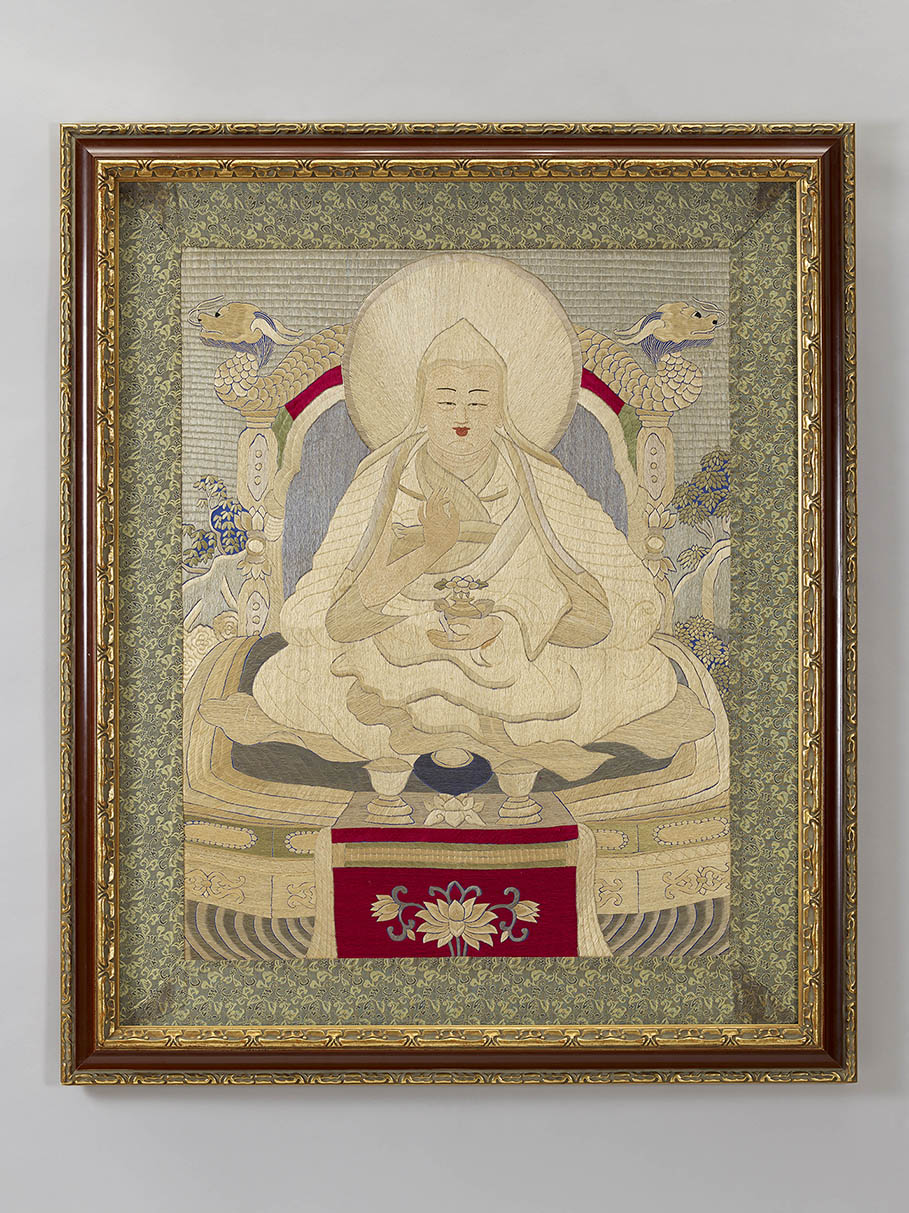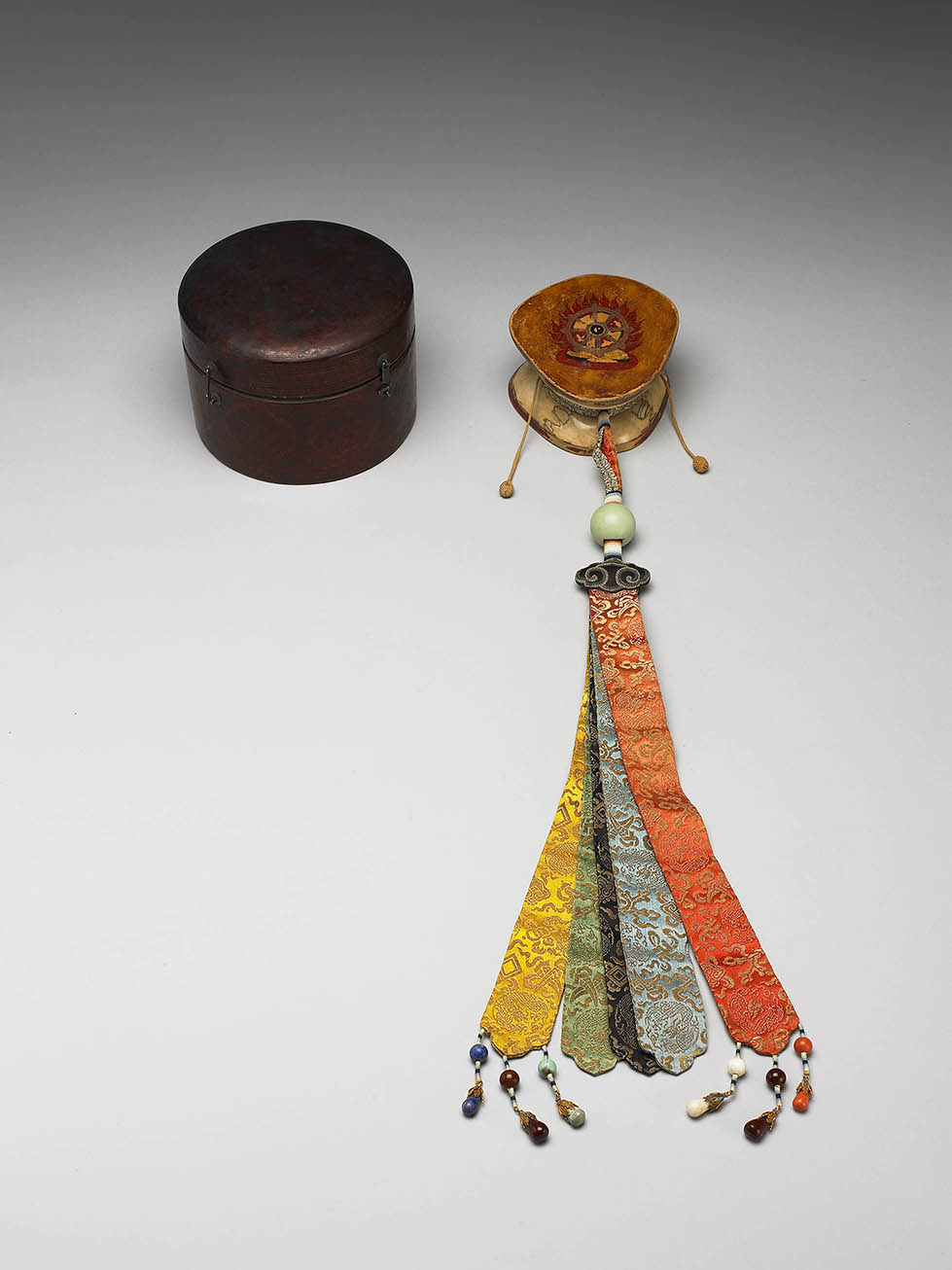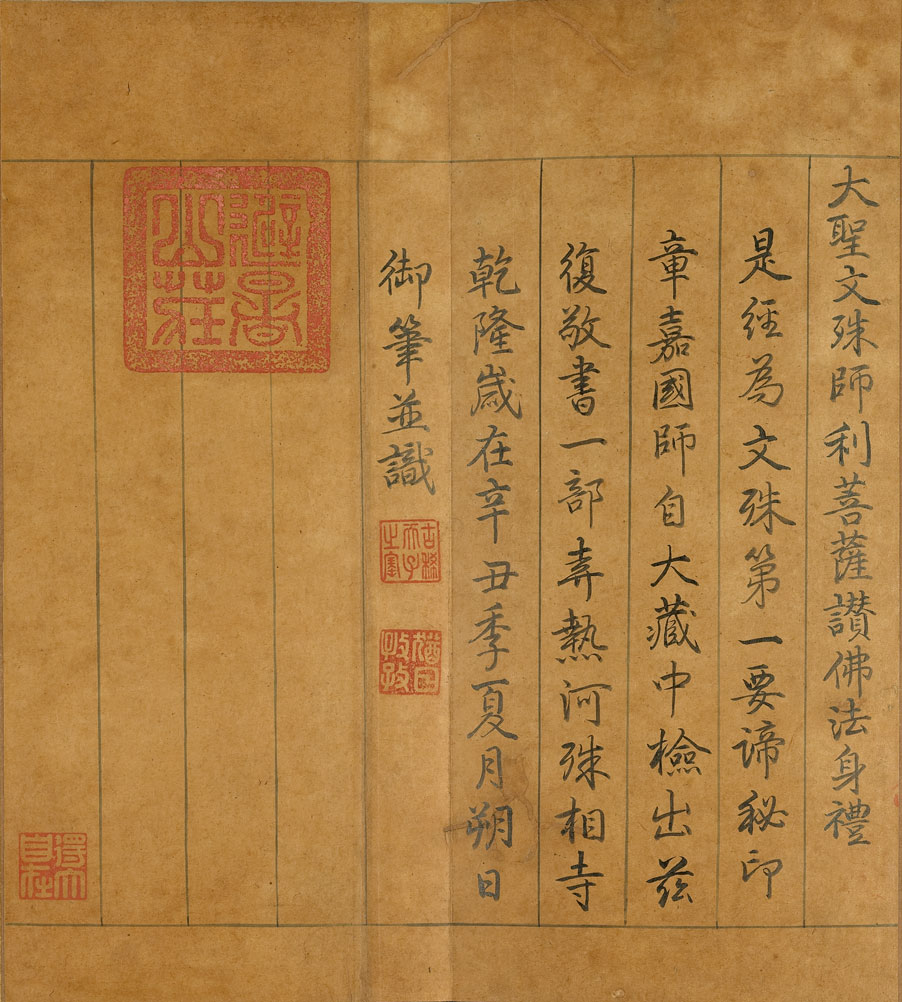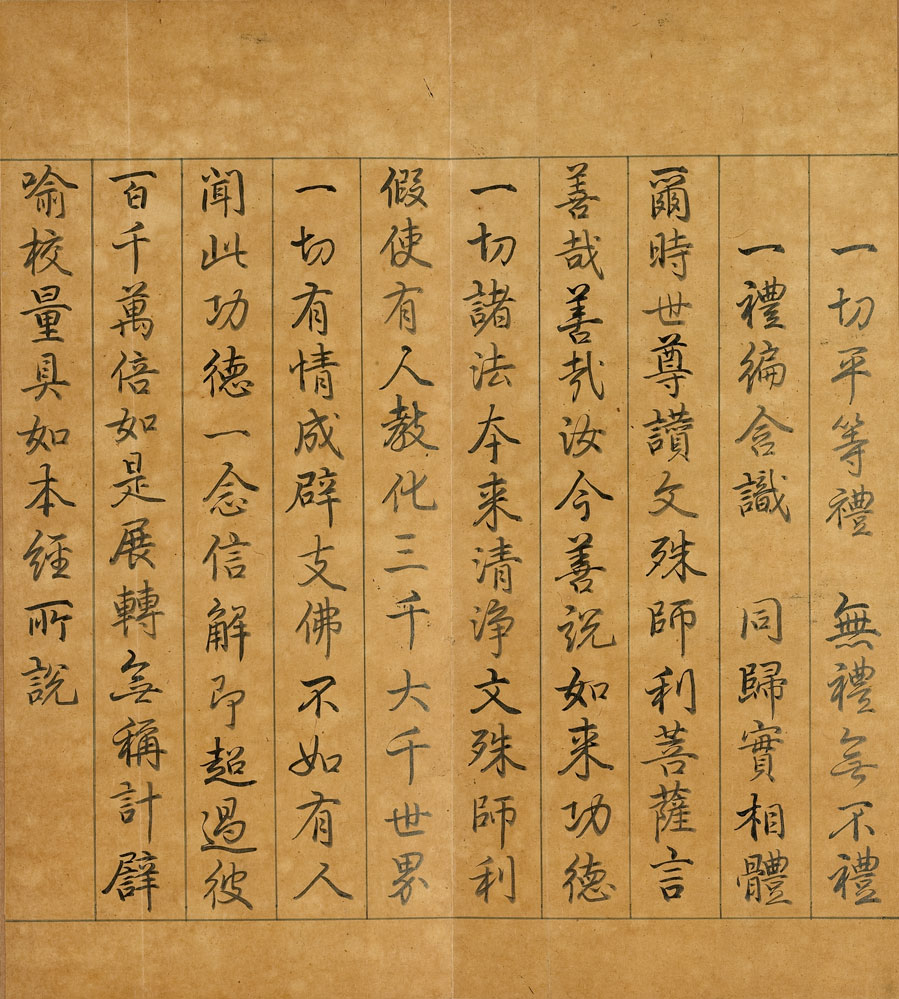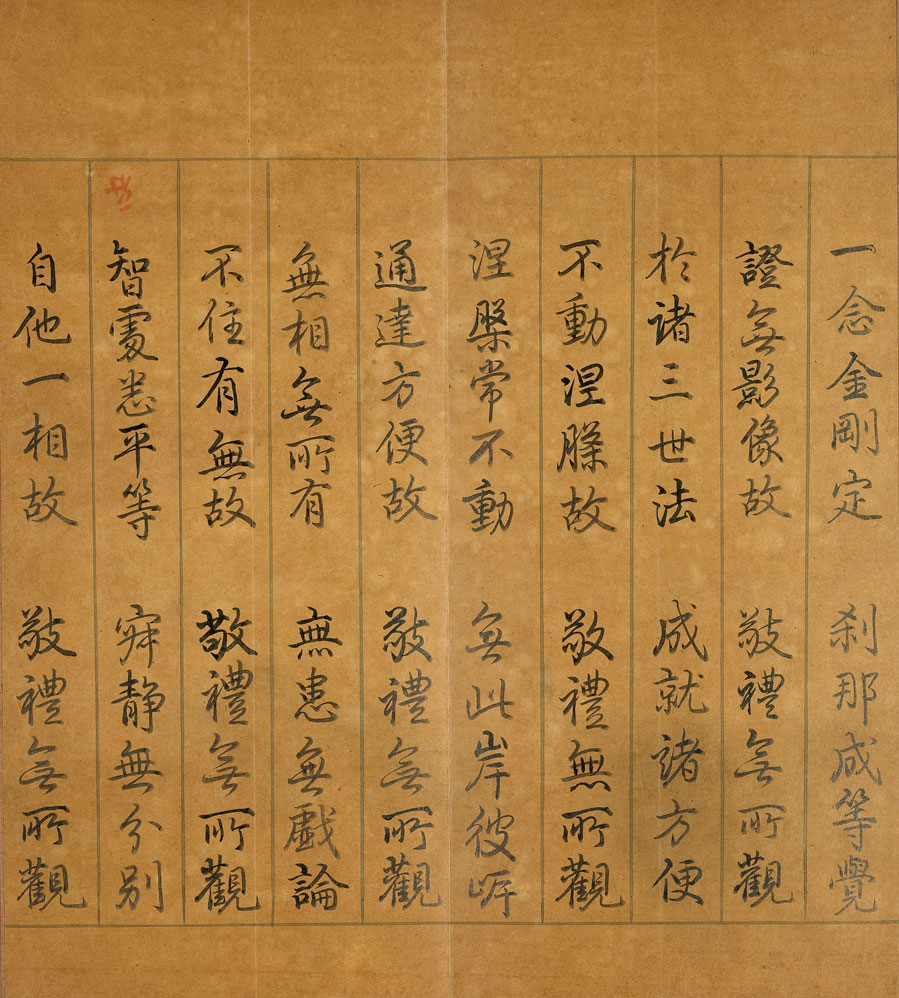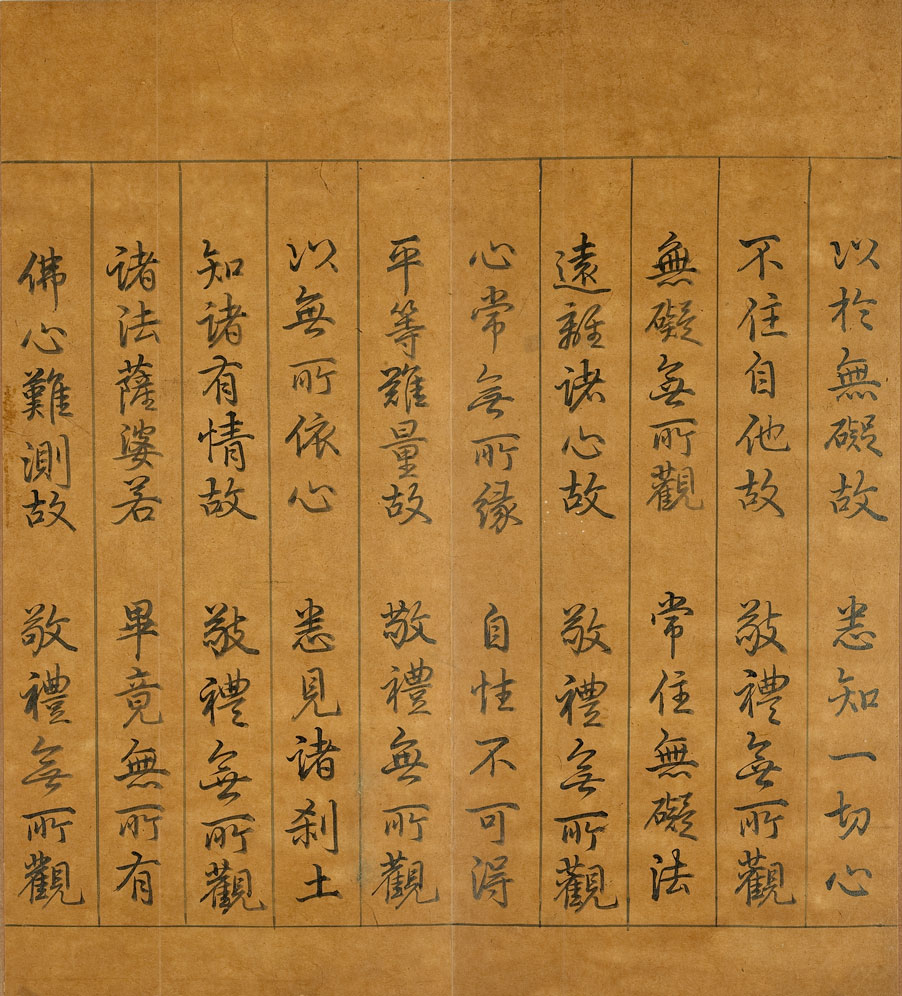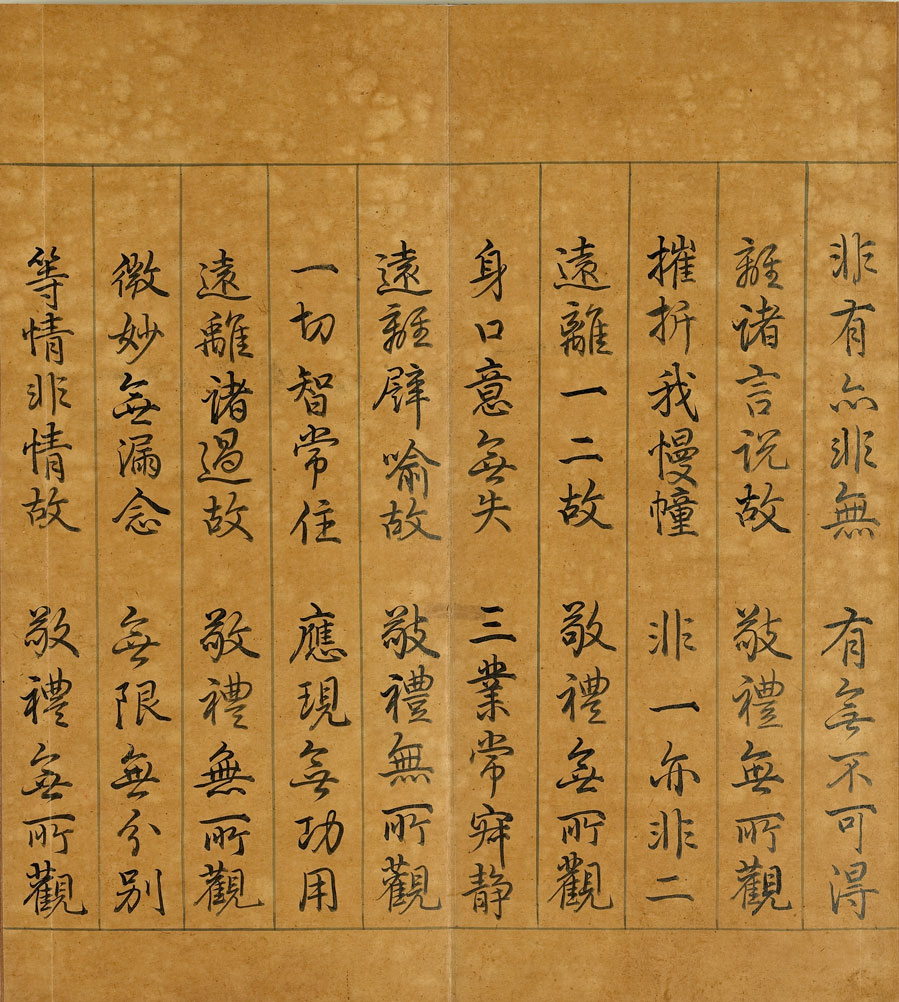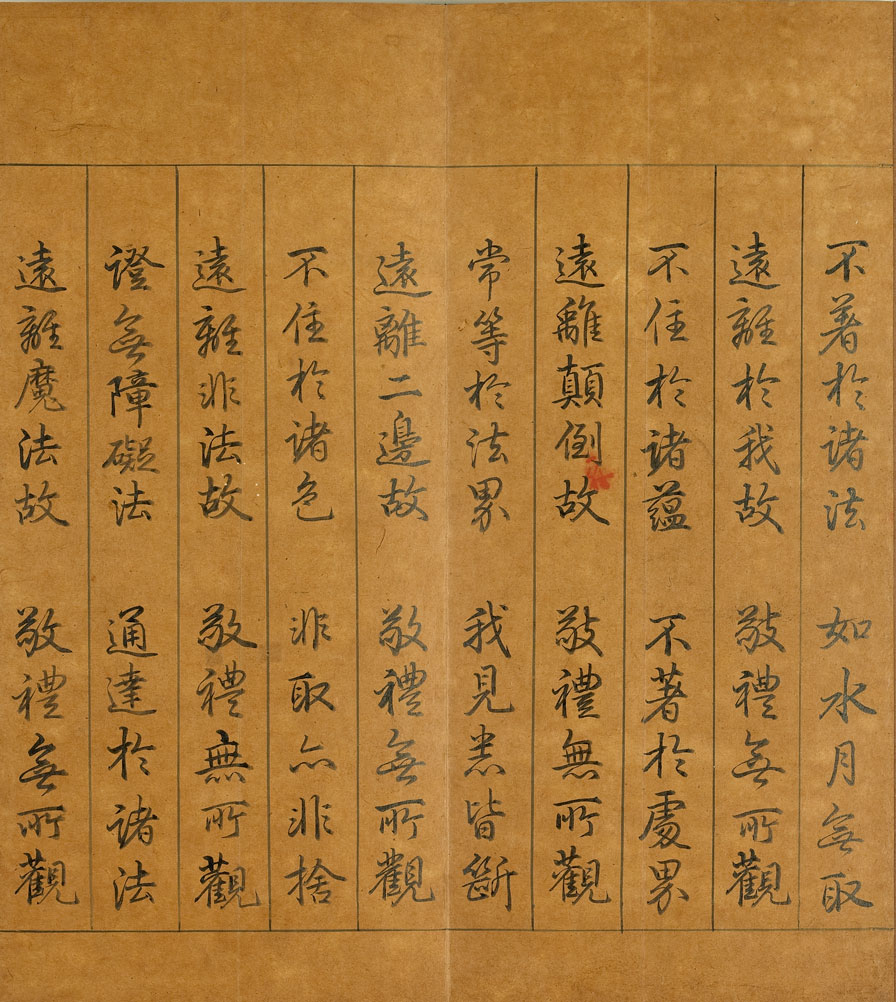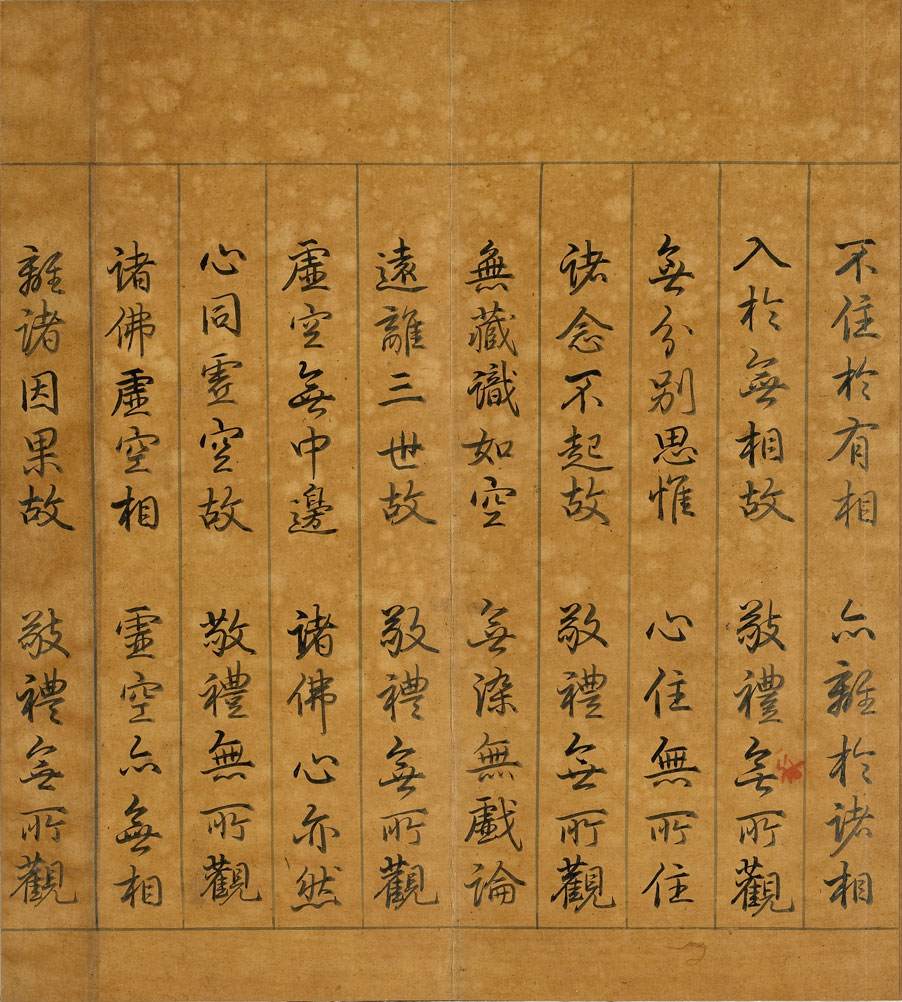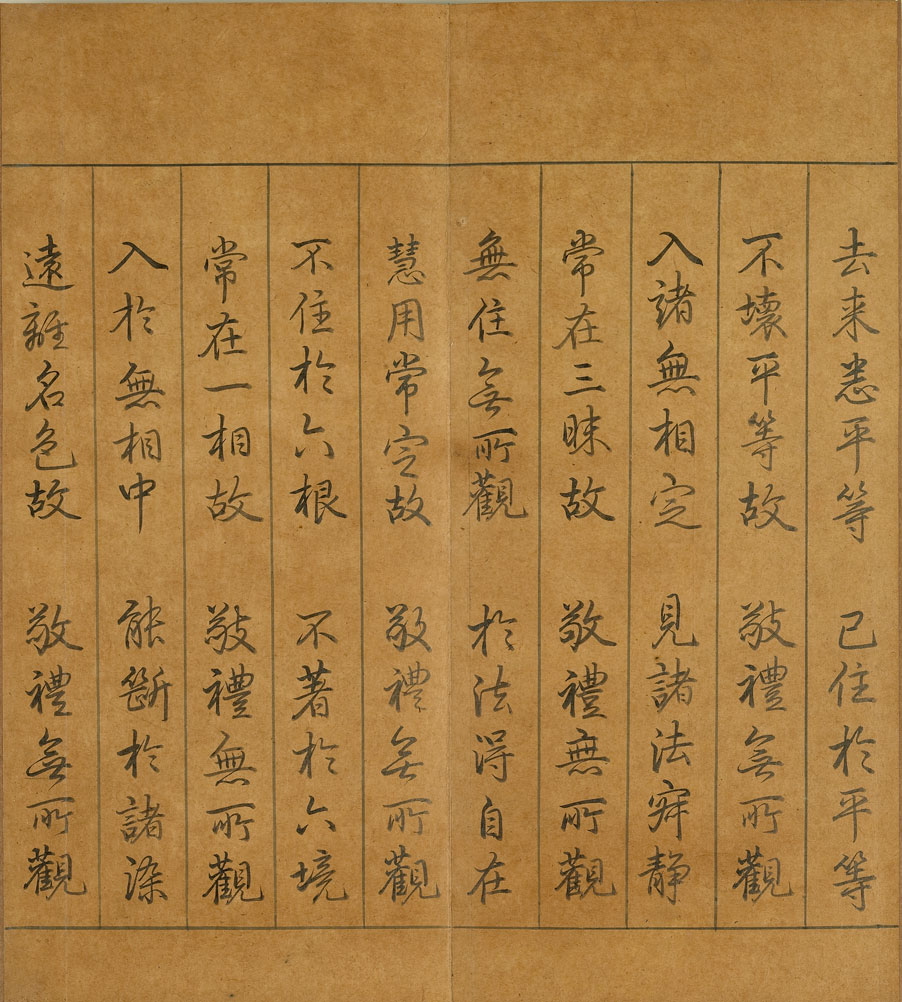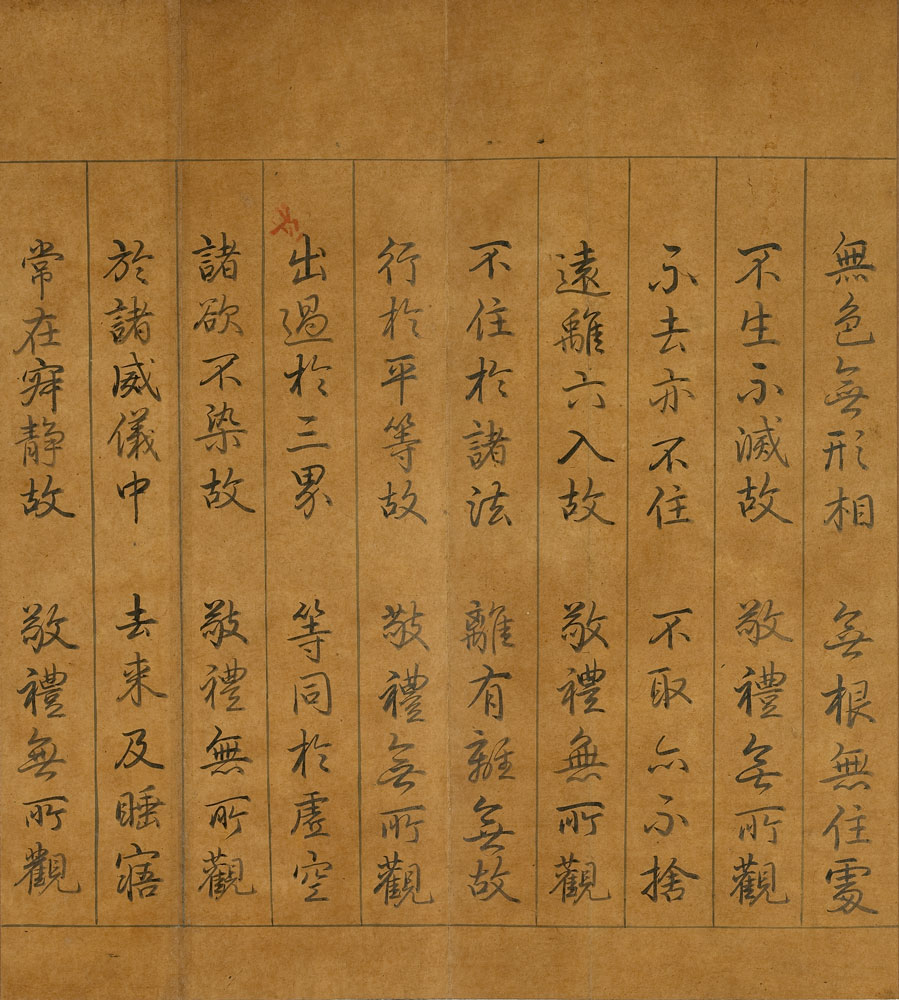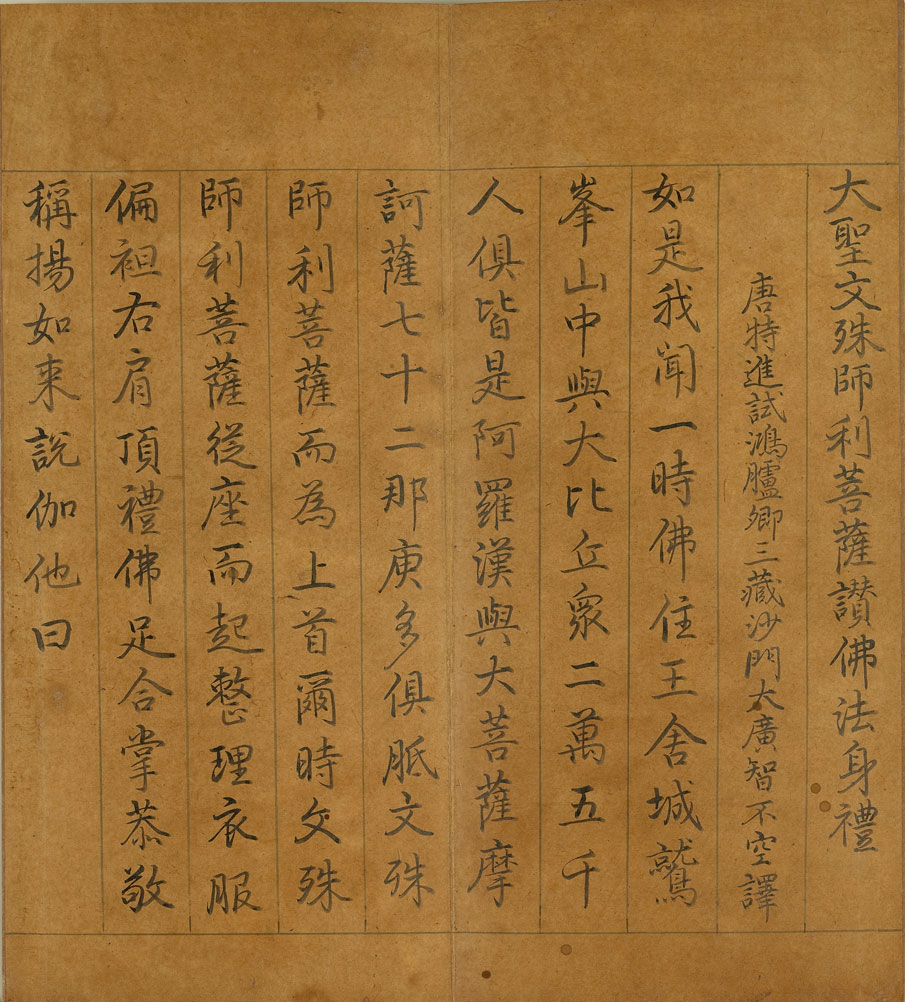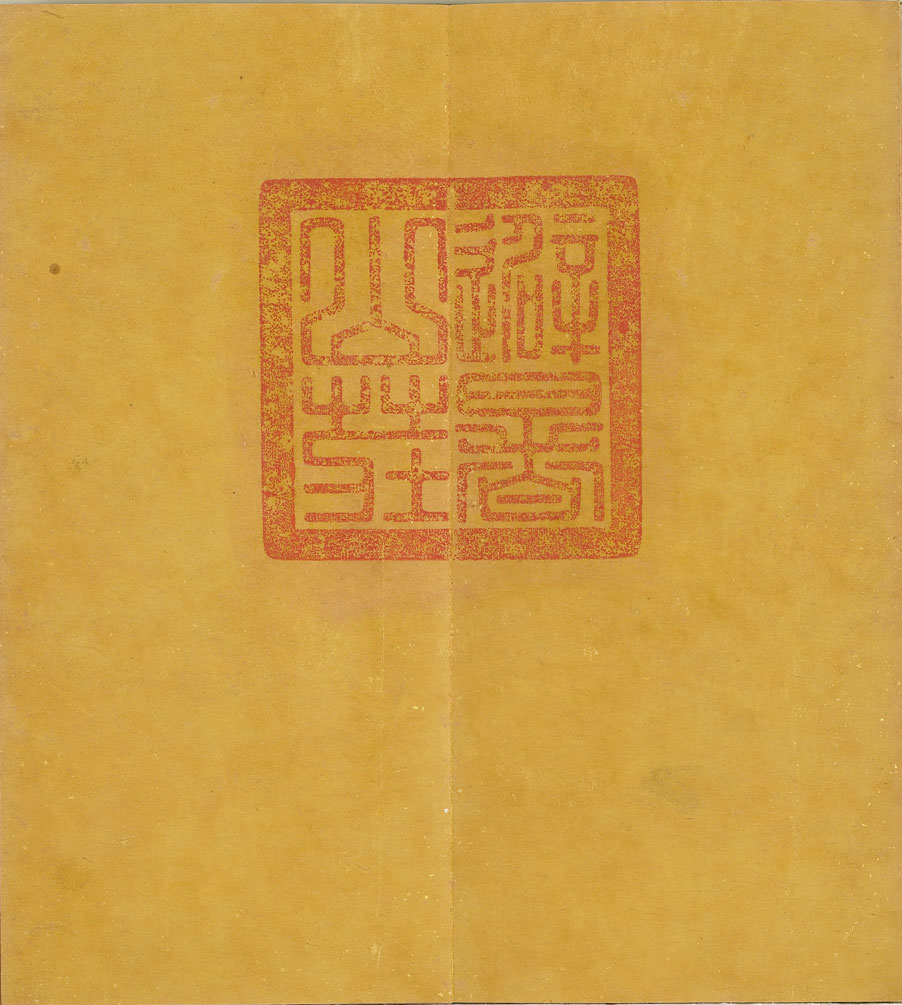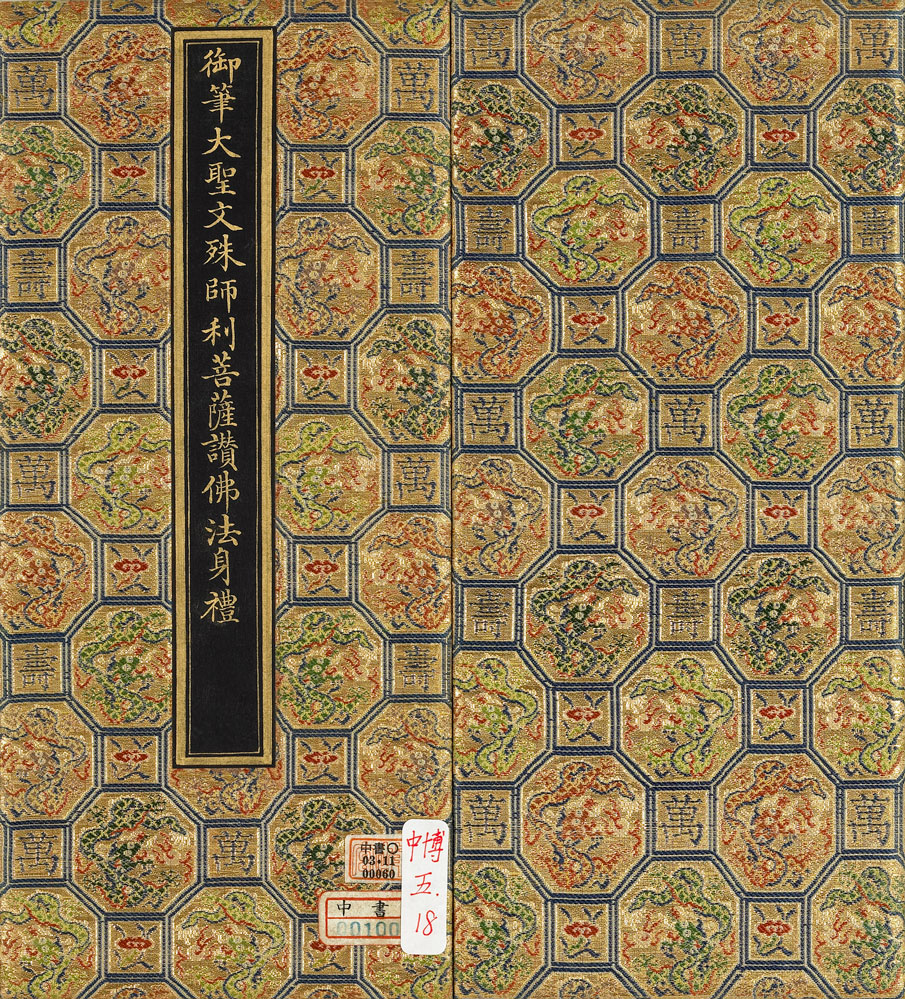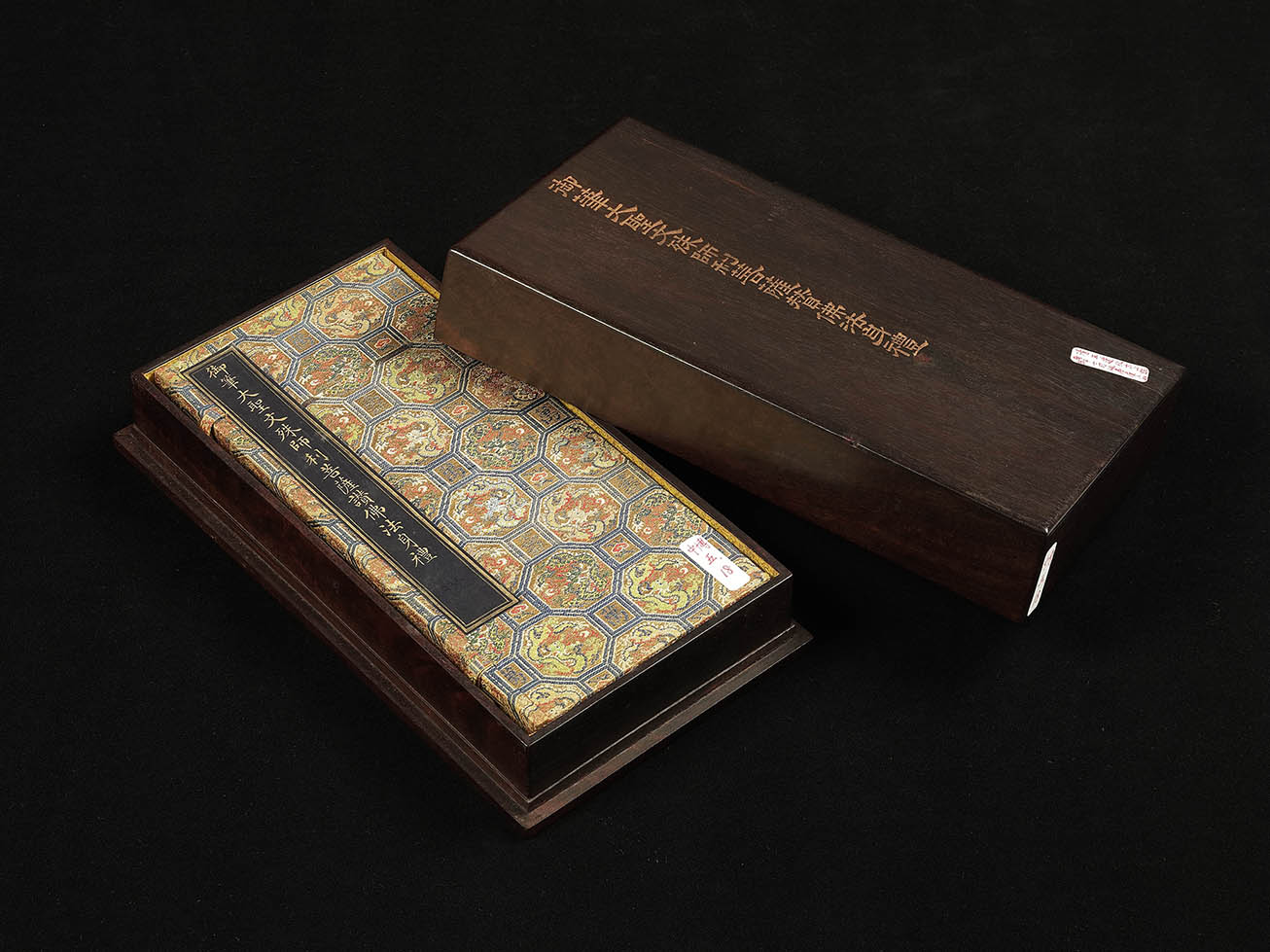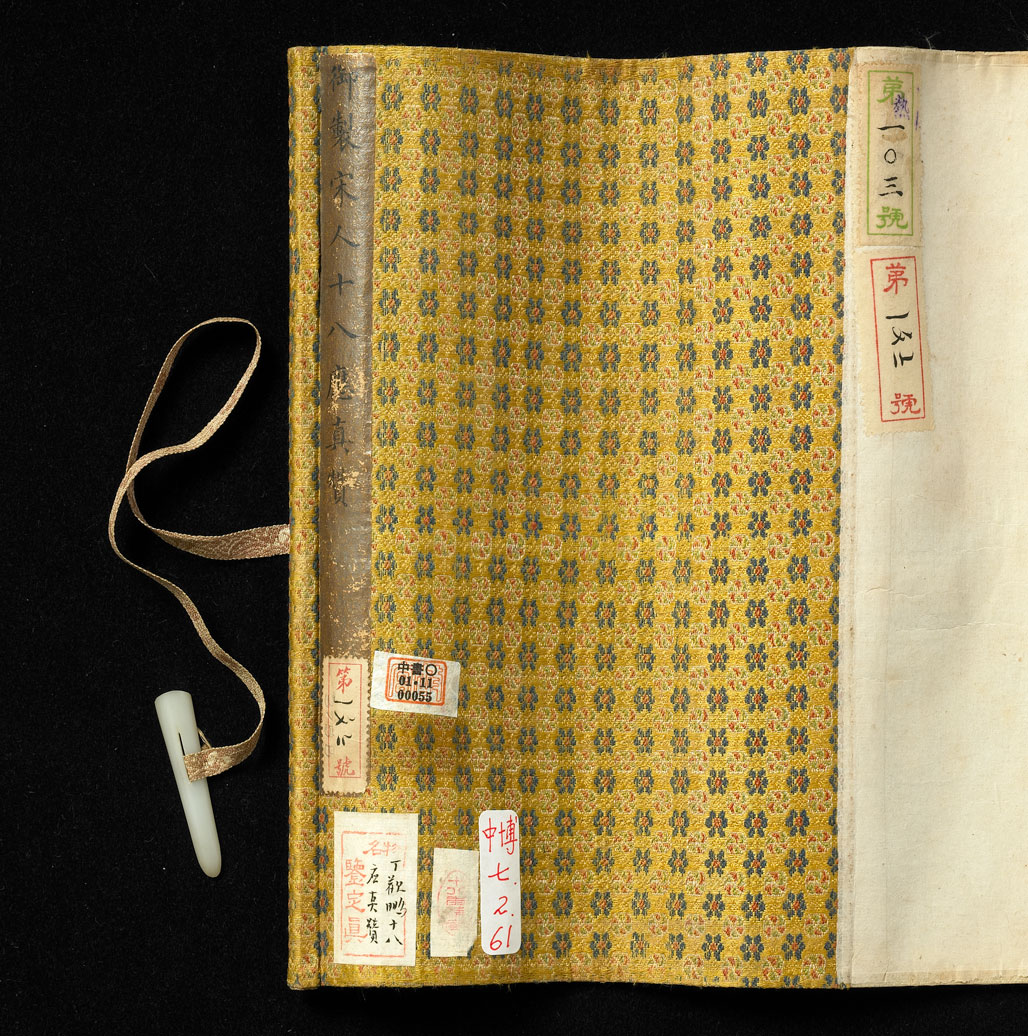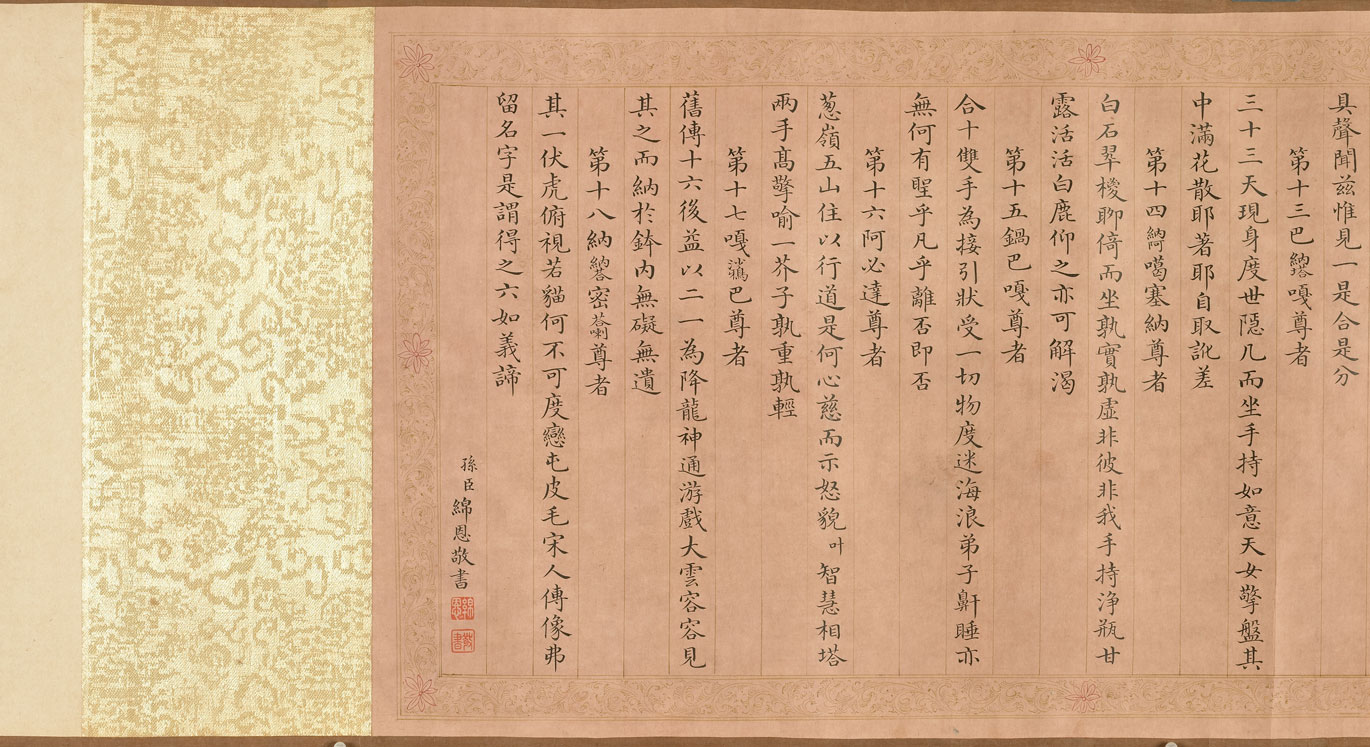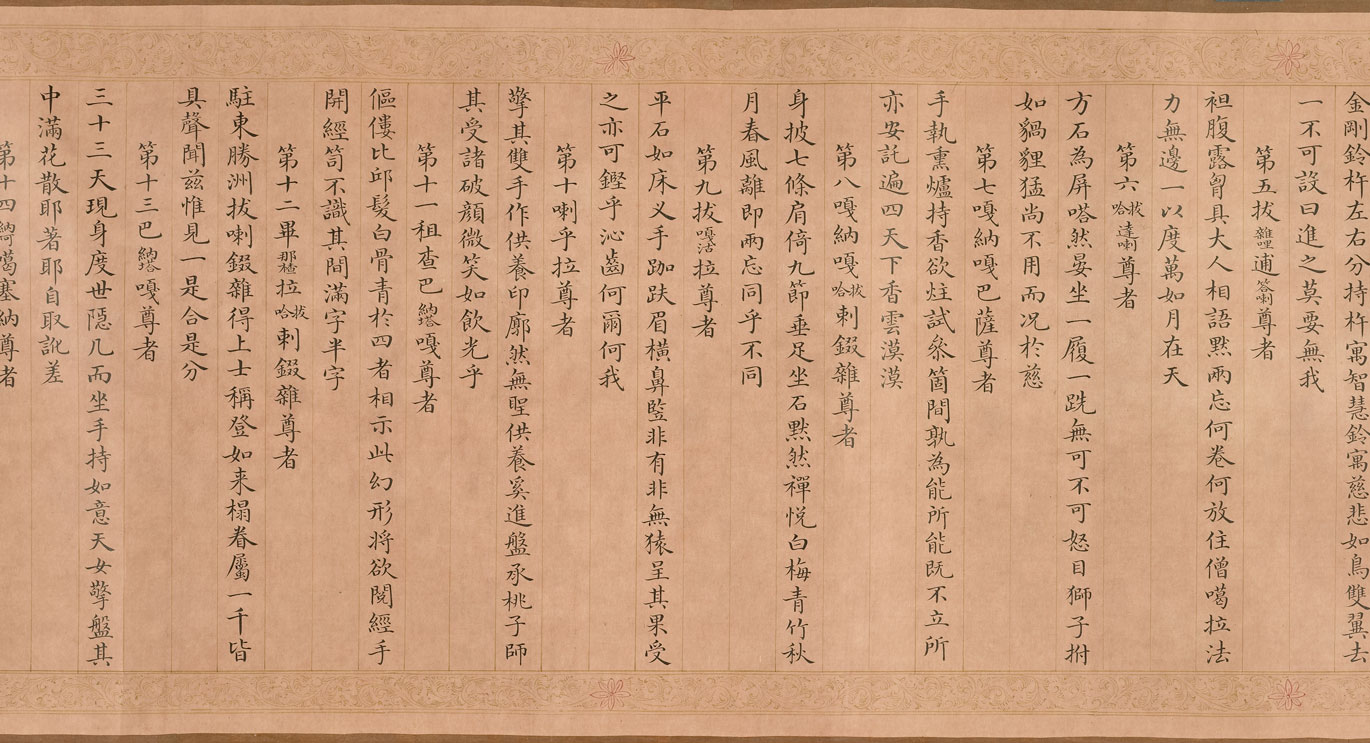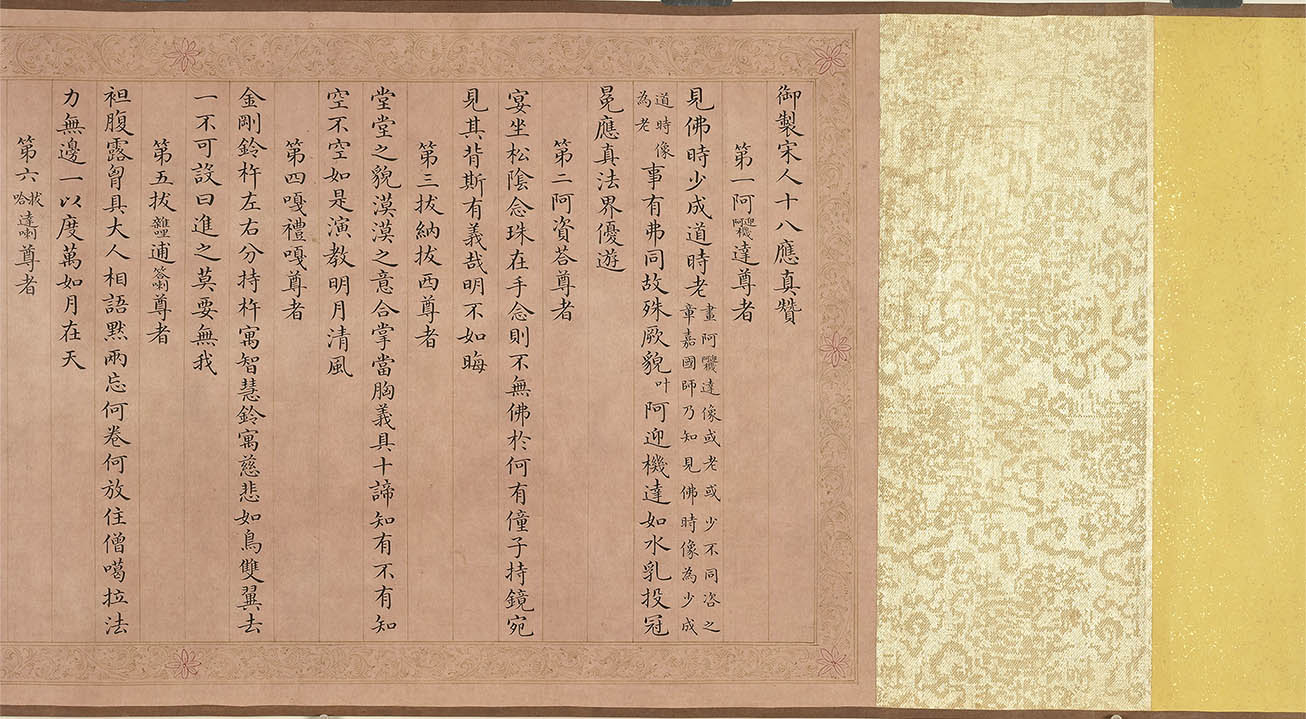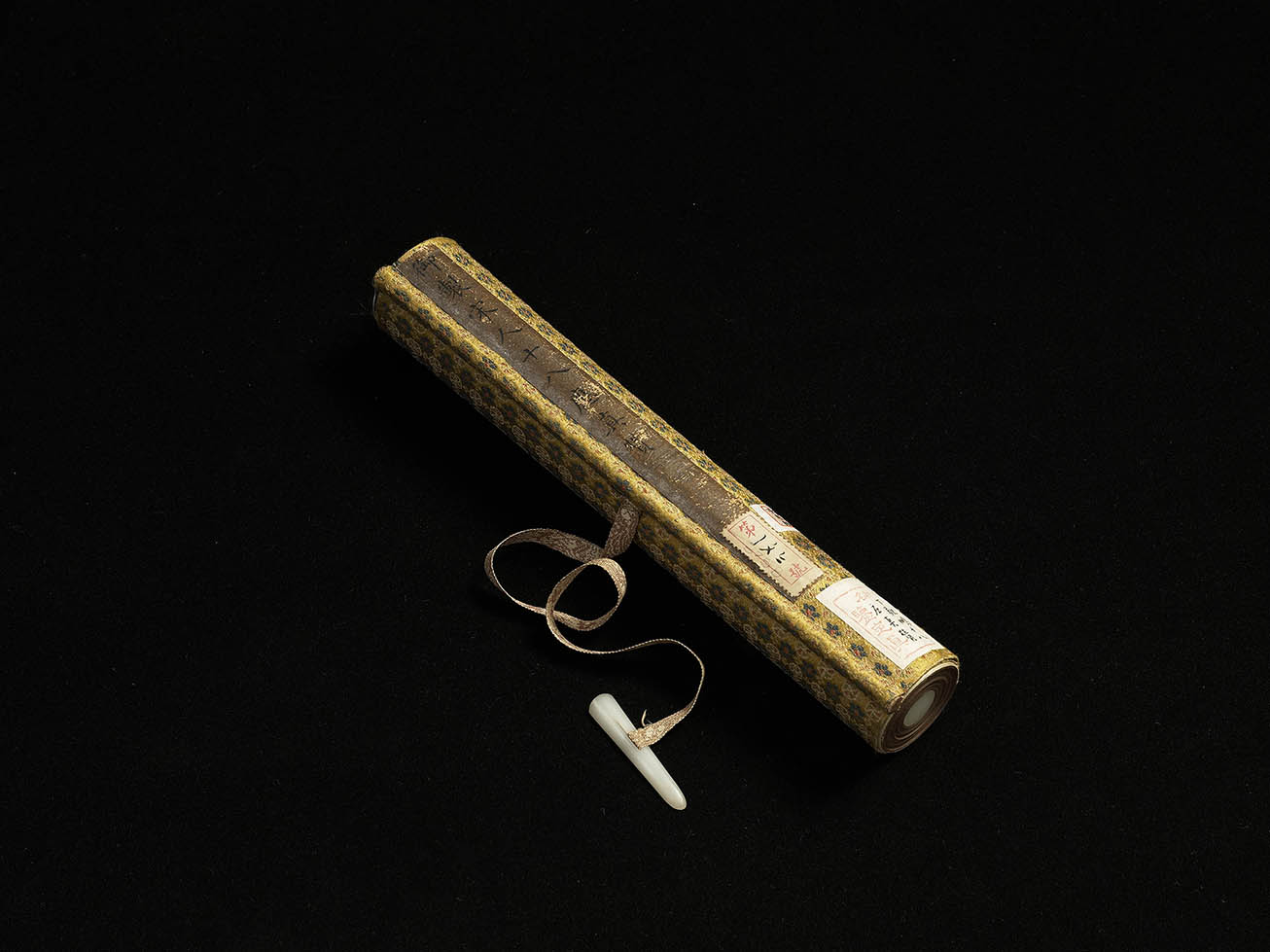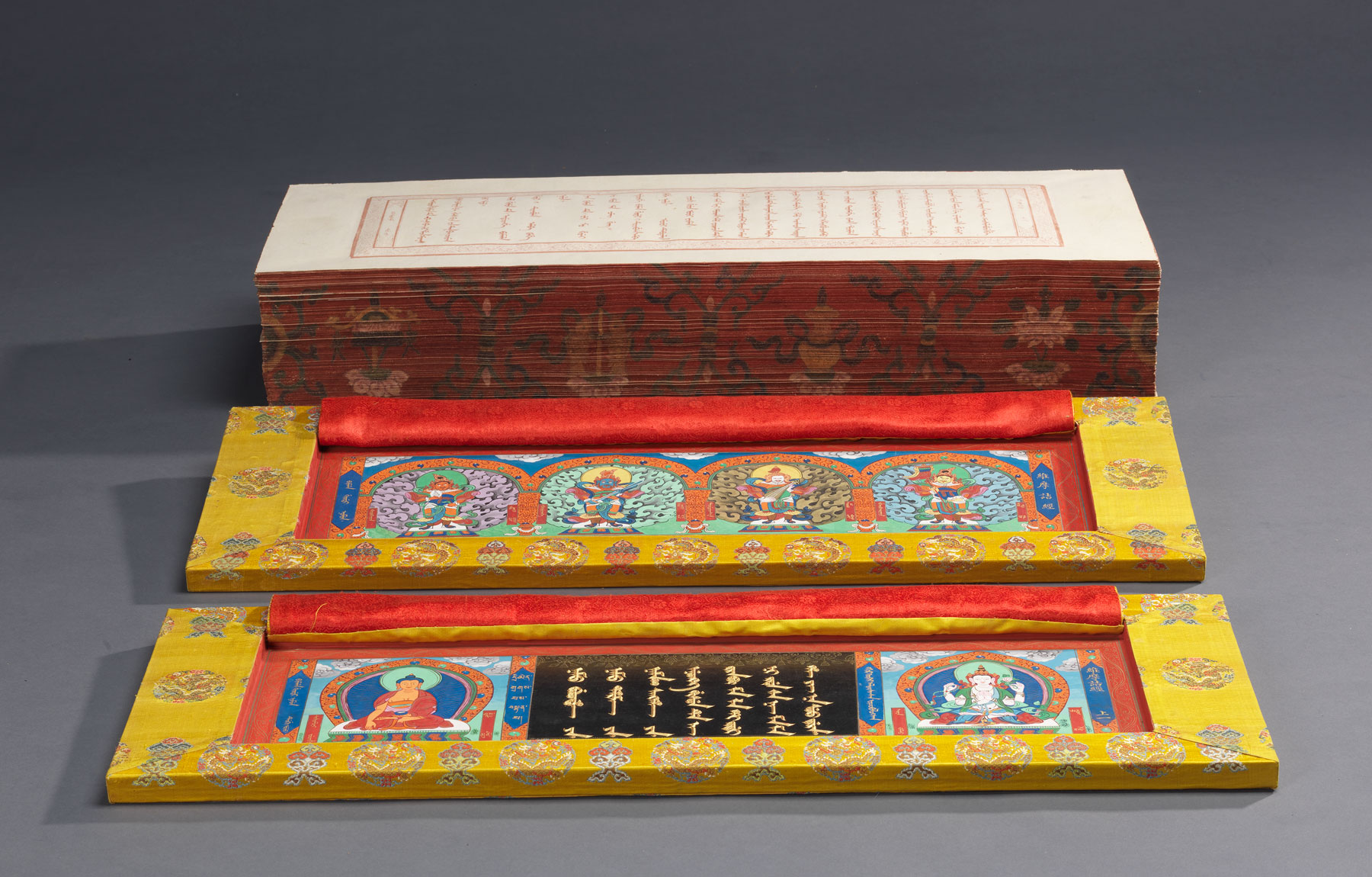The Changkya Khutukhtu of Amdo and the Jebtsundamba Khutuktu of Mongolia
The Changkya Khutukhtu was the highest-ranking khubilghan of the Gelug lineage in Inner Mongolia, Amdo (a traditional Tibetan region) and Beijing during the Qing dynasty. The title originated in the Kangxi reign (1661-1722), when the emperor conferred the title of Khutukhtu on the Second Changkya and presented him with a gold seal naming him Great State Preceptor.
The Qing dynasty saw six Changkya Khutukhtus, from the Second to the Seventh. The Jebtsundamba Khutuktu was the highest-ranking khubilghan of the Gelug lineage in Outer Mongolia during the Qing dynasty, which saw a total of eight Jebtsundamba Khutuktus, from the First to the Eighth. Losang Denpai Gyaltshan (1635-1723) was the First Jebtsundamba Khutuktu, and the title was awarded to him by the Fifth Dalai Lama (1617-1682) during his stay in Tibet studying Buddhism. In the 57th year of the Kangxi reign (1718), the emperor bestowed upon the First Jebtsundamba Khutuktu the title of Leader of the Yellow Sect in Outer Mongolia.
This section presents artifacts from the Museum's collections that relate to the Third Changkya, Rölpé Dorjé (1717-1786), who lived in the Qianlong reign (1735-1795) and is the most famous of his lineage. It also features objects that belonged to the Seventh Changkya (1891-1957) who relocated to Taiwan together with the Republican government. Included in this lineup of exhibits are his religious paraphernalia, correspondence and written works, on loan for the first time from the Ministry of Culture's Mongolian and Tibetan Cultural Center. For the Jebtsundamba Khutuktu lineage, the exhibition focuses on important documents in the Museum's collection relating to the two most influential leaders, the First Jebtsundamba (1635-1723) of the Kangxi reign and the Eighth Jebtsundamba (1869-1924) in the late Qing dynasty.
The Third Changkya Khutukhtu and the Qianlong Emperor
The master-disciple relationship that existed between the Second Changkya (1642-1715) and the Yongzheng emperor (r. 1722-1735) led to the third Changkya being brought to the court at the age of seven to be educated alongside the fourth prince Hongli, the future Qianlong emperor, thus also establishing relationships between the two as master-disciple and emperor-subject.
Embroidered Portrait of the Third Changkya Khutukhtu
- Republican era
- Collection of the Mongolian and Tibetan Cultural Center, Ministry of Culture
This embroidered portrait depicts the Third Changkya Khutukhtu seated on a throne decorated with heads of dragons with a mandorla framing his body. Wearing a paṇḍita hat, he holds a sacred water flask in his left hand and with his right makes the dharma preaching gesture. This is likely a work from the Qinghai (Amdo) region at the turn of the Qing dynasty and the Republican era.
Ḍāmaru skull hand-drum with leather case
- Made in Tibet, Qing dynasty (1644-1912)
The ḍāmaru, an object held by various deities and used by Tantric practitioners, is a two-headed hand-drum made of two human skull caps, one from a 16-year-old boy and the other from a 14-year-old girl. The drumsticks and handle decorations are also made of human bone, and the drumhead is made of human skin or monkey skin. A male user must carry the drum in his right hand to make the "sound of great bliss," but a female user must carry it in her left hand and simultaneously ring a ghanta (bell) to make the "sound of emptiness."
When the ḍāmaru is shaken, both sides of the drum sound together, symbolizing the union of male and female, method and wisdom, and expressing the idea that nothing ever truly begins or ends. The drumheads of this ḍāmaru hand-drum are decorated with the Dharma Wheel and wish-fulfilling jewels in red and black, and the waist is decorated with a five-colored tassel. It is housed in a lacquered box, inside which is a note saying that it was worshipped at the Yongningsi Monastery and held by the Changkya Khutukhtu.
Calligraphic Rendition of the Gathas of Mañjuśrī Bodhisattva Praise to the Buddha's Dharmakāya
- Aisin Gioro Hongli (1711-1799), Qing dynasty
- 46th year of the Qianlong reign (1781), Qing dynasty
- Album
The Praise to the Buddha's Dharmakāya refers to a type of text for repentance rituals popular during the Tang dynasty. The ten gathas first circulating in China were taken from the Rufo Jingjie Jing, translated from the Sanskrit Sarvabuddhaviṣayāvatārajñānalokālaṃkārasūtra in the 2nd year of the Jingming reign (501) in the Northern Wei dynasty by Dharmaruci. The Tang dynasty monk Amoghavajra (705-774) re-translated the sūtra and supplemented the contents with texts from the Sanskrit version, thus creating the new version, The Gathas of Mañjuśrī Bodhisattva Praise to the Buddha's Dharmakāya, which consists of 41 gathas. This album is a calligraphic rendition of the gathas by the Qianlong emperor in the Shuxiang Monastery in Jehol on the 1st day of the 6th month of the 46th year of his reign (July 21, 1781).
The Monastery was built by the Imperial Household Department in the same style as the one on Mount Wutai on the order of the emperor. Located to the north of the Chengde Summer Resort, the Shuxiang Monastery is one of the eight monasteries in the vicinity. The Palace Museum in Beijing houses the same sūtra transcribed by the Qianlong emperor earlier that year and a manuscript written in Chinese, Manchu, Mongolian, and Tibetan scripts in gold ink. According to the colophon in the version held by the National Palace Museum, this sūtra was specially selected from the Tripitaka by the Third Changkya Khutukhtu, indicating that the Qianlong emperor was attached to it as a result of the influence of the Third Changkya.
Calligraphic Rendition of Emperor Qianlong's Eulogy to the Eighteen Arhats as Depicted by an Anonymous Artist of the Song Dynasty
- Aisin Gioro Mianen (1747-1822), Qing dynasty
- Qianlong reign (1736-1795), Qing dynasty
- Handscroll
This work is a calligraphic rendition by Aisin Gioro Mianen (1747-1822), a grandson and favorite of the Qianlong emperor because of his intelligence and respectful demeanor. Mianen was the first imperial grandson to be given the title of qinwang (prince of the first rank). The content of this work is the Qianlong emperor's eulogy to the Eighteen Arhats as depicted by an artist in the Song dynasty. The eulogy is included in Yuzhiwen Erji (First Supplement to the Collection of Imperial Literary Works).
In this eulogy, the names of the Eighteen Arhats are spelt in accordance with the Qinding Tongwen Yuntong (Imperially Endorsed Rhyme Systems in Standard Writing), a project in which the Third Changkya Khutukhtu participated. For example, the name of the First Arhat Aṅgada used to be written "Ingata." In his annotation, the Qianlong emperor also noted that some portraits of Aṅgada showed him as old, while others portrayed him as young. The emperor continued that according to the Third Changkya, the portrait of the Arhat as a young man was when he saw the Buddha and his portrayal as an old man was when he attained enlightenment.
Qingwen Quanzangjing (Kangyur in Manchu Script)
- Compiled on the order of Emperor Qianlong (1711-1799), Qing dynasty
- Vermilion printed Manchu edition, 55th year of the Qianlong reign (1790), Qing dynasty
The production of the Qingwen Quanzangjing began in the 37th year of the Qianlong reign (1772). At the time, the Kangyur had been rendered in Mongolian, Tibetan, and Chinese scripts, except for the Manchu version, so the Qianlong emperor put the Third Changkya Khutukhtu in charge of the translation project, which was largely based on the Chinese version and used the Mongolian version for reference. The 108-case Qingwen Quanzangjing was completed in the 55th year of the Qianlong reign (1790) and consists mostly of sūtras and monastic codes, with relatively few Tantric classics.
Of the 729 classics in the Qingwen Quanzangjing, 13 were translated from the Tibetan Kangyur, while the remaining 716 were translated from the Chinese version. The format of the Qingwen Quanzangjing is identical to the Kangyur in Chinese script carved in the 3rd year of the Qianlong reign (1738). Twelve copies of the Qingwen Quanzangjing were printed in vermilion ink in double-sided format. Only two copies are extant today, however: one is housed in the Hall of Sa-gsum Lha-khang in the Potala Palace, Lhasa, and the other is preserved in the National Palace Museum in Taipei (32 cases) and the Palace Museum in Beijing (76 cases).
The binding format of the Qingwen Quanzangjing adheres to the Tibetan tradition: the sūtra leaves are sandwiched - innermost to outermost - by inner cover planks, inner wrapping fabric, khata silk, outer cover planks, outer wrapping fabric, bundling straps, and wrapping quilt. The outer cover planks are red lacquered wood with drawings of the Eight Auspicious Symbols and inscriptions of Sanskrit mantras in gold ink. The inner cover planks are wooden and framed with brocade. The front sides are covered with embroidered curtains, and the middle section of the front cover plank contains expressions of reverence with a Buddha or bodhisattva on either side.
